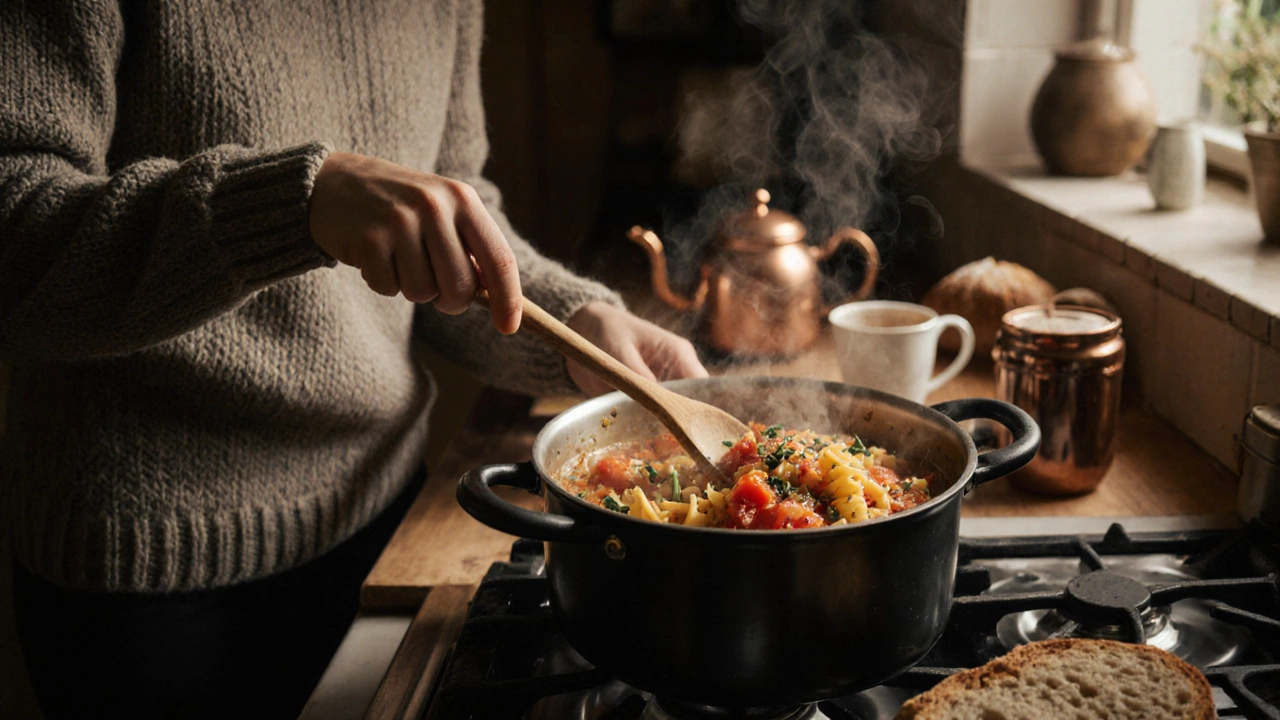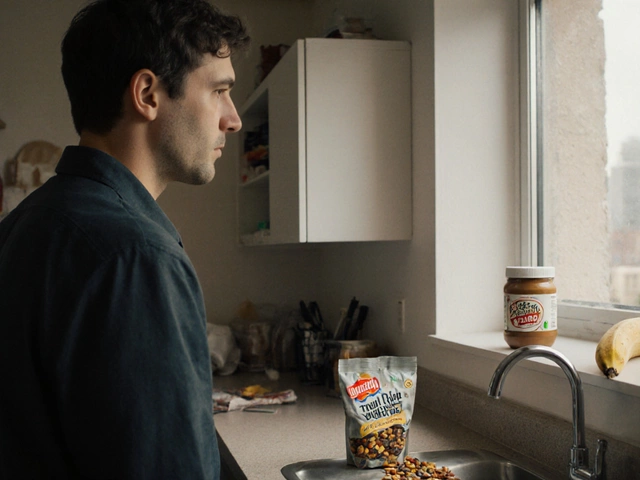What September 2025 Brought to Your Kitchen
If you visited our site in September, you probably noticed three fresh posts aimed at saving money and making mealtime smoother. We kept the focus on real‑world cooking: using pantry basics, understanding when families typically sit down to eat, and feeding a larger group without breaking the bank. Below is a quick rundown of each article and the key takeaways you can start using today.
Frugal Dinner Ideas: How to Cook Delicious Meals with Almost Nothing
This guide shows you how to turn a few staple ingredients into tasty, one‑pot meals. Think rice, beans, frozen veggies, and whatever protein you have on hand. The article walks you through three specific recipes, each designed to keep prep under 30 minutes and cost under £2 per serving. You’ll also learn a handful of shortcuts – like using stock cubes for flavor or repurposing leftover broth – that make cheap dishes taste richer. The key message? You don’t need a grocery run to create a satisfying dinner; a well‑stocked pantry can do the trick.
We also included a short shopping list that highlights the cheapest items you can buy in bulk. By focusing on items with long shelf lives, you reduce waste and keep your weekly budget on track. The article ends with a quick tip: label your containers with the date you cooked the meal, so you can keep track of freshness without guessing.
What Is a Normal Family Dinner Time? Data, Healthy Ranges, and Real‑World Schedules
Ever wonder why some families eat at 6 pm and others wait until 8 pm? This post breaks down data from several countries, showing the most common dinner windows and the health recommendations behind them. The sweet spot lands between 6:30 pm and 7:30 pm for most households, balancing digestion and family time.
We also give practical steps for families who need a new routine. Start by noting your current dinner time for a week, then shift it by 15‑minute increments until you reach the target window. The article points out that consistency helps kids settle into better sleep patterns, and adults often feel more energized the next day. A short checklist at the end lets you track progress without feeling overwhelmed.
How to Feed 8 People Cheaply: NZ Budget Dinner Ideas That Actually Work
Planning a meal for a larger group can feel pricey, especially in New Zealand where grocery costs add up fast. This post gives a detailed menu that feeds eight people for between $35 and $48. It includes a shopping list based on Auckland supermarkets and local markets, plus swaps you can make if you find a better deal.
The centerpiece is a hearty stew that uses affordable cuts of meat, lentils, and seasonal veg. We walk you through each step, from chopping to simmering, and suggest a quick side of buttered rolls that round out the meal. The article also highlights how to stretch leftovers into lunch the next day, ensuring nothing goes to waste. By following the plan, you can host a dinner party without stressing over the bill.
All three posts share a common theme: smart, simple cooking that respects both your wallet and your time. Whether you’re feeding one person, a family of four, or a crowd of eight, the strategies outlined in September 2025 give you a solid foundation. Bookmark these pages, try the recipes, and let us know which tip saved you the most money. Happy cooking!

Frugal Dinner Ideas: How to Cook Delicious Meals with Almost Nothing
by Landon Weathers / 26 Sep 2025Learn fast, tasty dinner ideas you can whip up with barely any food. Simple pantry staples, clever shortcuts, and three one‑pot recipes keep costs low and bellies full.

What Is a Normal Family Dinner Time? Data, Healthy Ranges, and Real-World Schedules
by Landon Weathers / 19 Sep 2025Wondering what time families usually eat dinner? See typical times by country, health-backed ranges, and simple steps to set a routine that fits your life.

How to Feed 8 People Cheaply: NZ Budget Dinner Ideas That Actually Work
by Landon Weathers / 5 Sep 2025Real NZ prices, menus, and a simple plan to feed 8 on $35-$48. Shopping lists, step-by-steps, and swaps using Auckland supermarkets and markets.




